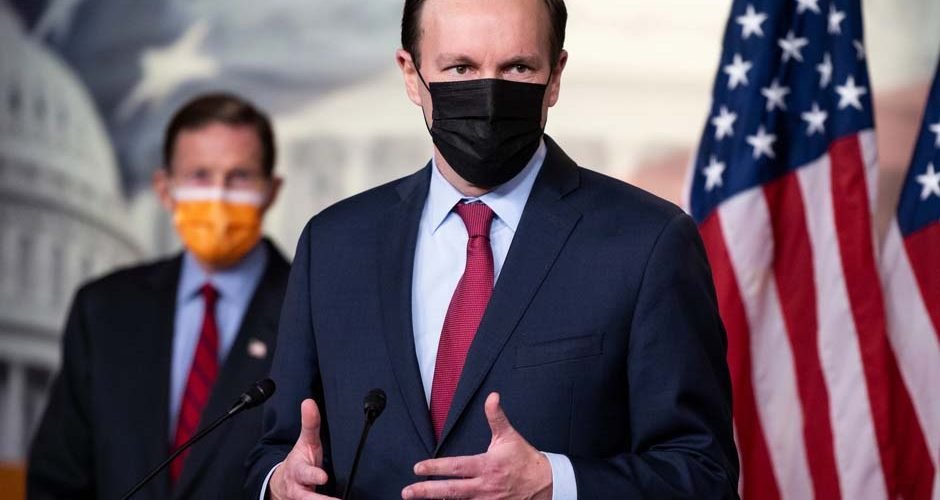The United States has seen a concerning rise in mass shootings over the past few years. These devastating incidents have left communities grieving and searching for solutions. In response, the federal government, along with individual states, have been striving to implement measures to prevent these tragedies. This article delves into the various strategies the USA is adopting to curb mass shootings.
Table of Contents
Legislation for Gun Control: Restricting Access to Firearms
One of the most debated areas in the question of how to prevent mass shootings is gun control. The United States has a complex relationship with firearms, rooted in its history and constitution. However, the necessity for stringent controls has been brought to the forefront due to the increasing frequency of mass shootings.
Federal laws aiming to restrict the access to firearms include comprehensive background checks, banning assault weapons, limiting the size of ammunition magazines, and implementing “red flag” laws. Red flag laws allow for the temporary confiscation of firearms from individuals deemed to be a risk to themselves or others.
However, gun control laws vary considerably across states, and the push for nationwide standards continues to be a point of contention in the political arena. The aim is to find a balance between the constitutional right to bear arms and the need to protect public safety.
Enhancing Mental Health Services: Tackling the Root Cause
Studies suggest a correlation between mass shootings and mental health issues. In light of this, the USA has been taking steps to improve mental health services nationwide. The goal is to identify and support individuals who might pose a threat to themselves or others before their issues escalate into violent acts.
The strategy involves allocating more funding towards mental health programs, eliminating the stigma around mental health, and facilitating better access to mental health services. Providing more robust and accessible mental health support is a critical aspect of preventing mass shootings.
Reinforcing School Safety: Safeguarding the Young
Given the unfortunate prevalence of school shootings, improving safety in educational institutions is a high priority. This involves allocating more funding towards security measures, such as surveillance systems, emergency preparedness training, and the hiring of school resource officers.
The implementation of threat assessment teams is another key focus area. These teams are trained to identify potential threats among the student population and to take action accordingly. Anonymous reporting systems are also being established to encourage students and staff to report any alarming behavior without fear of reprisal.
Empowering Law Enforcement Agencies: Ensuring Effective Responses
Equipping law enforcement agencies to handle active shooter situations effectively is a crucial aspect of this comprehensive approach. This involves providing specialized training to law enforcement personnel, enhancing their preparedness to deal with these incidents.
Collaboration and information sharing between different agencies is also being encouraged to ensure a swift and coordinated response when required. The objective is to minimize response times and maximize the effectiveness of law enforcement in the face of such crises.
Encouraging Community Involvement: Collective Responsibility
The USA recognizes the role of community engagement in preventing mass shootings. Communities are being educated on the warning signs of violent behaviors and encouraged to report any suspicious activities through campaigns like “See Something, Say Something.”
Moreover, initiatives are being put in place to support individuals who may feel isolated or marginalized, as social isolation can often contribute to extreme behaviors. The aim is to build supportive communities where potential threats can be identified and addressed early.
Continuous Efforts: The Journey Towards Safer Communities
Preventing mass shootings is a complex and continuous task. The United States acknowledges this and remains committed to constantly evaluating the effectiveness of implemented strategies and laws. Adapting these measures based on evidence and feedback is an essential part of this ongoing effort.
The fight against mass shootings in the USA is a multi-faceted battle. It includes measures in the legislative, mental health, educational, law enforcement, and community sectors. The objective is clear: to build safer communities where citizens can live without fear of mass shootings. While the path is challenging, the collective efforts signal hope for a safer future.





